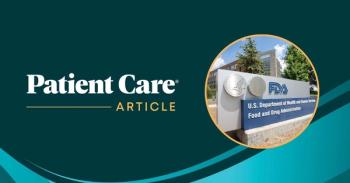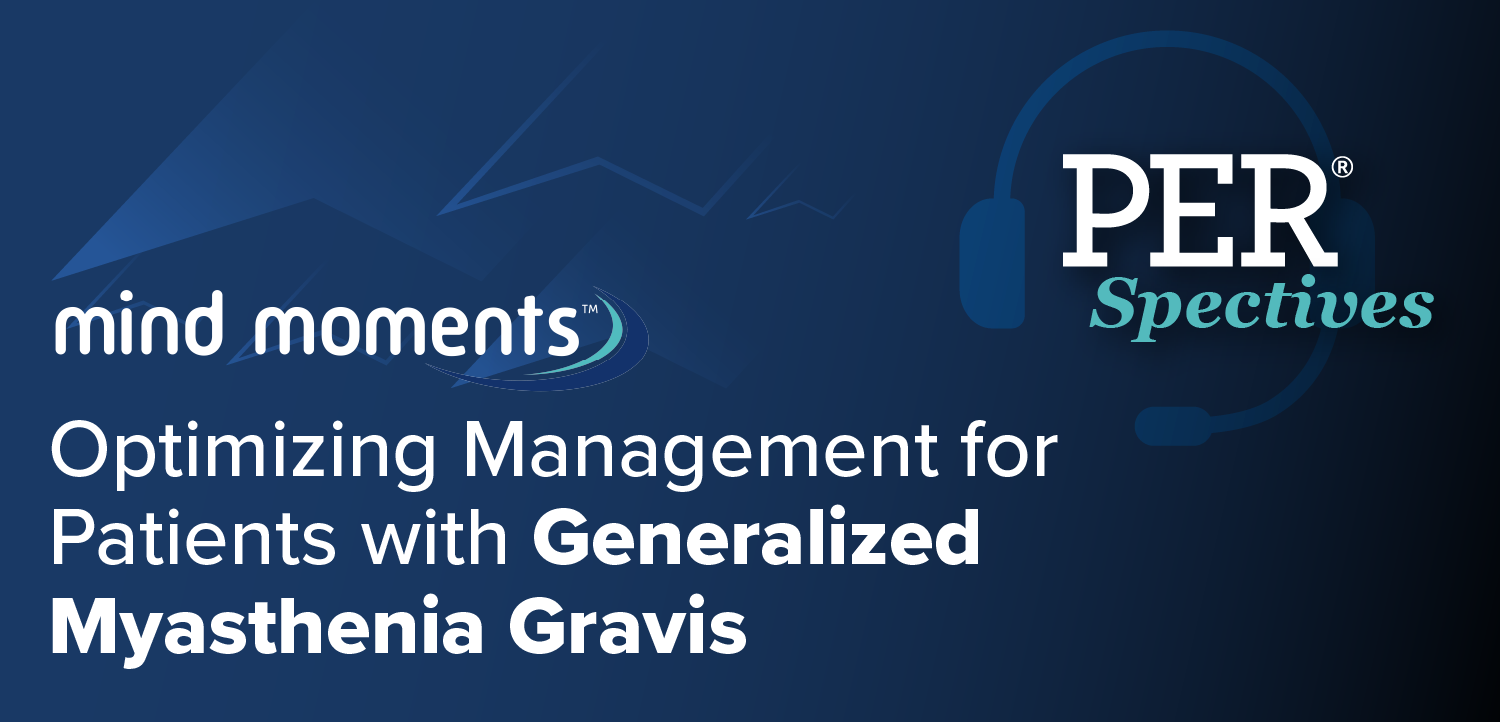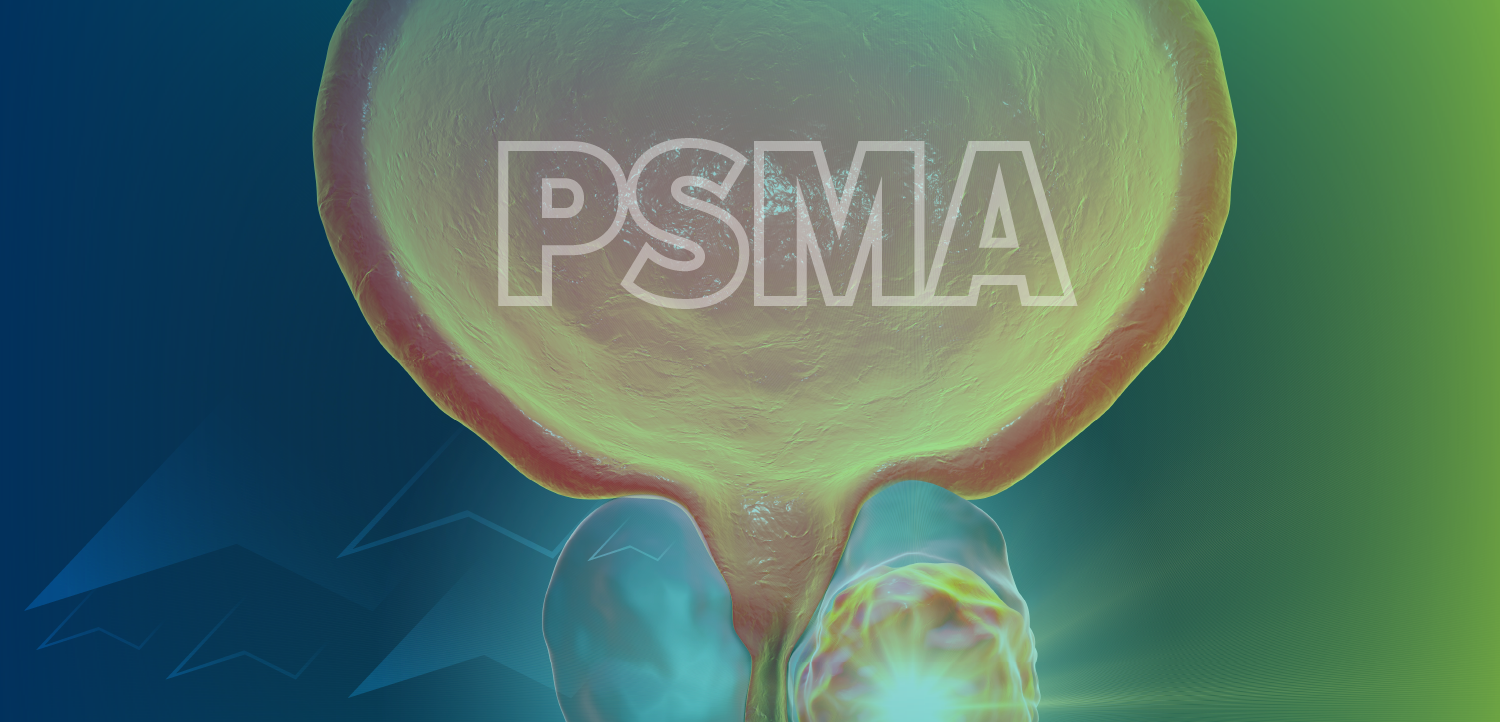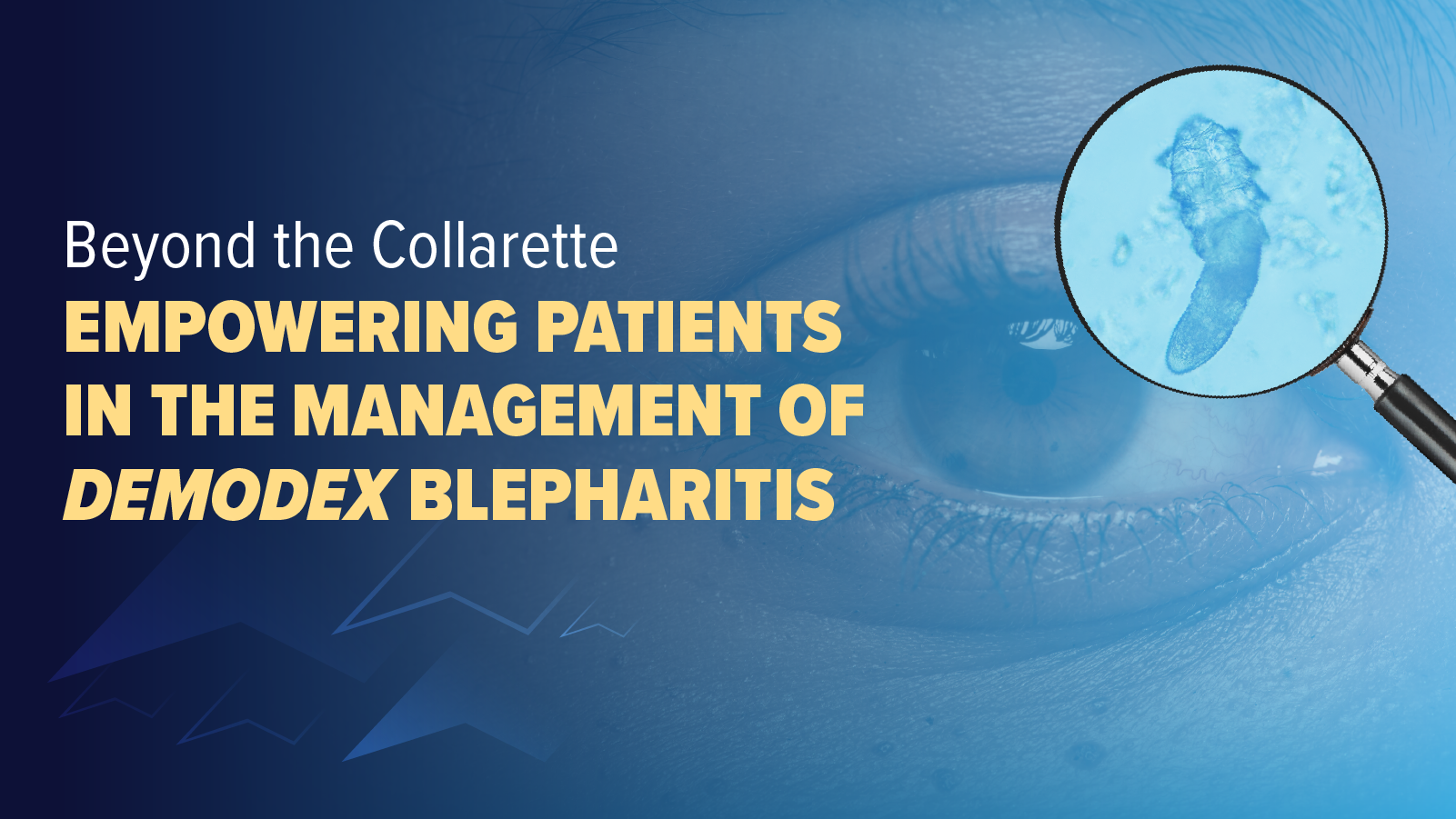
Primary Care Falls Short in Managing Adolescent Heavy Menstrual Bleeding, Researchers Warn

Fewer than half of females who experienced heavy menstrual bleeding were given hormonal treatment, and far fewer were referred to gynecology, authors reported.
Fewer than half of adolescent patients presenting to primary care for heavy menstrual bleeding (HMB) received hormonal treatment, and only 10.7% were referred to gynecology, according to results of a retrospective cohort study presented at the 2025 ACOG Annual Clinical & Scientific Meeting, May 16-18, 2025, in Minneapolis, MN.
The findings highlight considerable inconsistency in how primary care providers manage HMB in this population, suggesting the need for more standardized clinical approaches, according to the authors.
Led by Asavari Rajpurkar, MD, a resident in the department of general surgery and the University of Michigan Medical School in Ann Arbor, MI, researchers reviewed records of 345 adolescents aged 9 to 16 years who sought initial evaluation for HMB from a primary health care professional (PCP) between January 2017 and June 2019. Patients were identified using ICD-10 codes, with chart review confirmation. The study evaluated provider actions during initial visits, including discussion of hormonal contraceptive prescriptions and gynecologic referrals. Secondary outcomes of interest included quantification of HMB. In subgroup analyses, Rajkurpar and colleagues evaluated differences in outcomes across quartiles of national area deprivation index (ADI).
Of the 345 participants, the majority (74.7%) were asked to quantify their bleeding, though the methods varied. Specifically, 63.7% were asked about the duration of menses, 33.9% about the frequency of changing menstrual products, and 17.9% about the amount of product use. While 74.4% of the adolescents engaged in discussions about hormonal contraception, only 46.9% ultimately received prescriptions. The authors stressed that, notably, 23.7% of these discussions were initiated by patients or their families.
Only 10.7% of adolescents were referred to a gynecologist. The analysis of HMB management patterns across socioeconomic contexts using ADI quartiles no statistically significant differences, according to the study abstract. However, those in the fourth ADI quartile—the most socioeconomically disadvantaged—had the lowest rate of hormonal prescriptions at 26.3%.
The authors concluded that substantial variability exists in the initial management of adolescent HMB in the primary care setting. These discrepancies may lead to missed opportunities for early and effective intervention. Rajpurkar called for future investigations to determine whether follow-up care is appropriate “to ensure comprehensive are for affected adolescents.”
Reference
Rajkurpar A, Weyand A. Management of heave menstrual bleeding in adolescents within the primary care setting. Abstract presented at: 2025 ACOG Annual Clinical & Scientific Meeting; May 16-18, 2025; Minneapolis, MD.
Newsletter
Enhance your clinical practice with the Patient Care newsletter, offering the latest evidence-based guidelines, diagnostic insights, and treatment strategies for primary care physicians.



























































































































































































































































































